38 cfdisk label type
sfdisk(8) - Linux manual page - Michael Kerrisk -X, --label type Specify the disk label type (e.g., dos, gpt, ...). If this option is not given, then sfdisk defaults to the existing label, but if there is no label on the device yet, then the type defaults to dos. The default or the current label may be overwritten by the "label: " script header line. LINUX - fdisk : how to label a partition? - Learn in 30 Sec from ... The following basic command list all existing disk partition on your system. The '-l' argument stand for (listing all partitions) is used with fdisk command to view all available partitions on Linux. The partitions are displayed by their device's names. For example: /dev/sda, /dev/sdb or /dev/sdc. Linux Code
cfdisk(8) — Linux manual pages - Courier Mail Server DESCRIPTION. cfdisk is a curses-based program for partitioning any block device. The default device is /dev/sda.. Note that cfdisk provides basic partitioning functionality with a user-friendly interface. If you need advanced features, use fdisk (8) instead.. Since version 2.25 cfdisk supports MBR (DOS), GPT, SUN and SGI disk labels, but no longer provides any functionality for CHS (Cylinder ...

Cfdisk label type
cfdisk command in Linux with examples - GeeksforGeeks Example: Select the size 2GB. Enter -> and select primary. Similarly we can do a logical partition also. After sizing the partition, select what type do you want, in my case, I am choosing Linux Swap. After selecting the size and type write to the disk: You will see a prompt like this: Linux Cfdisk Command Help and Examples - Computer Hope cfdisk [-agvz] [-c cylinders] [-h heads] [-s sectors-per-track ] [-P opt] [ device ] Commands cfdisk commands can be entered by pressing the desired key (pressing Enter after the command is not necessary). Here is a list of the available commands: All the commands can be entered with either upper or lowercase letters (except for Writes ). How to Create Disk Partitions using cfdisk - The Geek Diary 1. First, select the option new in the cfdisk menu. # cfdisk /dev/sdb 2. Select the partition type as 'primary' on the next screen. 3. On the next screen specify the size of the partition you want to create. In our example we will create a partition of 200MB. 4. Now specify the start of the partition as 'beginning of free space'. 5.
Cfdisk label type. [SOLVED] set partition label using cfdisk - LinuxQuestions.org Right click the drive or partition you want to edit and select unmount. (If this is the drive you are currently using, then you may have to do all this from within the live CD because you won't be able to unmount a busy drive.) 4. Next right click on the drive or partition you want to edit and select label. 5 Enter the label you want to use and ... What is disk label in Linux? - CompuHoy.com How do I change a disk label in Linux? First step is to select the partition whose label is to be changed, which is Partition 1 here, next step is to select gear icon and edit filesystem. After this you will be prompted to change the label of selected partition. And finally, the label of the partition will be changed. cfdisk(8) - Linux manual page - Michael Kerrisk Since version 2.25 cfdisk supports MBR (DOS), GPT, SUN and SGI disk labels, but no longer provides any functionality for CHS (Cylinder-Head-Sector) addressing. CHS has never been important for Linux, and this addressing concept does not make any sense for new devices. Since version 2.25 cfdisk also does not provide a 'print' command any more. cfdisk(8) - Void Linux manpages cfdisk is a curses-based program for partitioning any block device. The default device is /dev/sda. Note that cfdisk provides basic partitioning functionality with a user-friendly interface. If you need advanced features, use fdisk (8) instead. All disk label changes will remain in memory only, and the disk will be unmodified until you decide ...
What to do if the 'select label type' doesn't show up during ... according to the manual of cfdisk, there u just cant (if im right; viewed it on deb10, so things may have changed in newer versions) so u need to choose fdisk in the installer, where p will give u the info about the current label, and g G o or s for gpt sgi dos sun respectively How to Create, Resize and Delete Linux Partitions With Cfdisk - MUO To launch Cfdisk in your terminal, type sudo cfdisk, and press Enter. The default user interface of the utility looks something like this. Cfdisk also displays information associated with the storage device at the top of the screen. The following details are provided: Name of the disk Disk label Size in bytes and GB Number of sectors Identifier What is cfdisk In Linux? - Drinksavvyinc.com Run the fdisk -u command to open the partition table for the disk in sector mode. Type p at the prompt to list the partitions on the disk. Type d to delete this partition. Type n to re-create the partition. Type p to select the primary partition type. How do I start fdisk? Steps. Insert your boot diskette and turn on your pc. cfdisk: Display or manipulate a disk partition table - Carta.tech The default device is /dev/sda. Note that cfdisk provides basic partitioning functionality with a user-friendly interface. If you need advanced features, use fdisk (8) instead. Since version 2.25 cfdisk supports MBR (DOS), GPT, SUN and SGI disk labels, but no longer provides any functionality for CHS (Cylinder-Head-Sector) addressing.
cfdisk - Wikipedia cfdisk is a Linux partition editor, similar to fdisk, ... SGI or SUN disk labels. It also provides information about mount points and general partition information like partition names, types/flags, sizing and UUIDs. If invoked without arguments, cfdisk attempts to read the current partition table from the disk drive and present its findings. ... Arch Linux cfdisk asking for disk label type 15. I am trying to partition my hard drive I just wiped with dban so that I can install arch linux but when i run. cfdisk /dev/sda. It says: Select table type gpt dos sgi sun. I don't know which to choose. It also says: Device does not contain a recognized partition table. arch-linux partition hard-disk cfdisk. Unix & Linux: Arch Linux cfdisk asking for disk label type Unix & Linux: Arch Linux cfdisk asking for disk label typeHelpful? Please support me on Patreon: thanks & praise t... cfdisk: display or manipulate a disk partition table - Linux Man Pages (8) Since version 2.25 cfdisk supports MBR (DOS), GPT, SUN and SGI disk labels, but no longer provides any functionality for CHS (Cylinder-Head-Sector) addressing. CHS has never been important for Linux, and this addressing concept does not make any sense for new devices. Since version 2.25 cfdisk also does not provide a 'print' command any more.
How to Create Disk Partitions using cfdisk - The Geek Diary 1. First, select the option new in the cfdisk menu. # cfdisk /dev/sdb 2. Select the partition type as 'primary' on the next screen. 3. On the next screen specify the size of the partition you want to create. In our example we will create a partition of 200MB. 4. Now specify the start of the partition as 'beginning of free space'. 5.
Linux Cfdisk Command Help and Examples - Computer Hope cfdisk [-agvz] [-c cylinders] [-h heads] [-s sectors-per-track ] [-P opt] [ device ] Commands cfdisk commands can be entered by pressing the desired key (pressing Enter after the command is not necessary). Here is a list of the available commands: All the commands can be entered with either upper or lowercase letters (except for Writes ).
cfdisk command in Linux with examples - GeeksforGeeks Example: Select the size 2GB. Enter -> and select primary. Similarly we can do a logical partition also. After sizing the partition, select what type do you want, in my case, I am choosing Linux Swap. After selecting the size and type write to the disk: You will see a prompt like this:
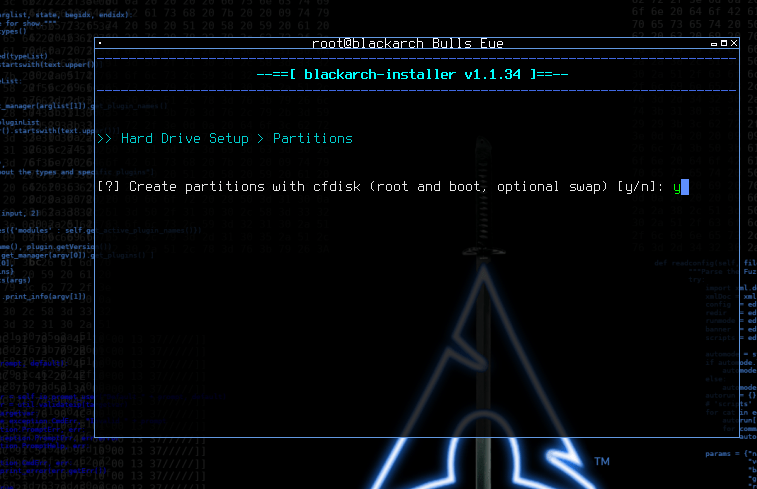

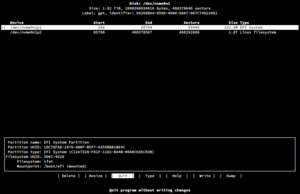

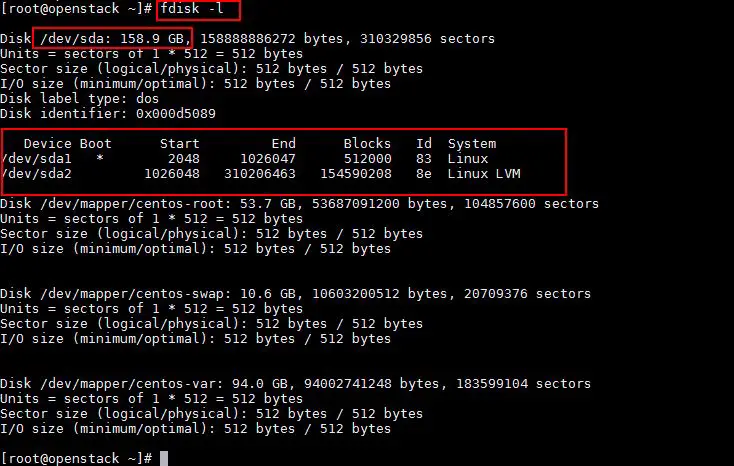



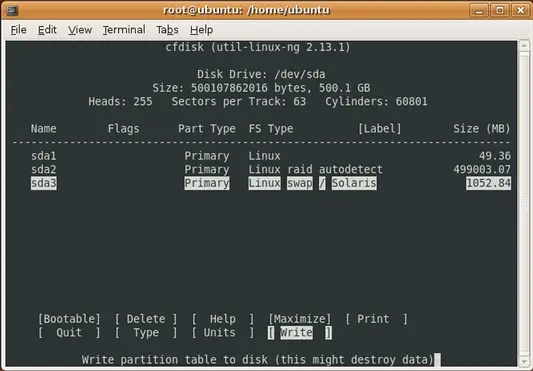
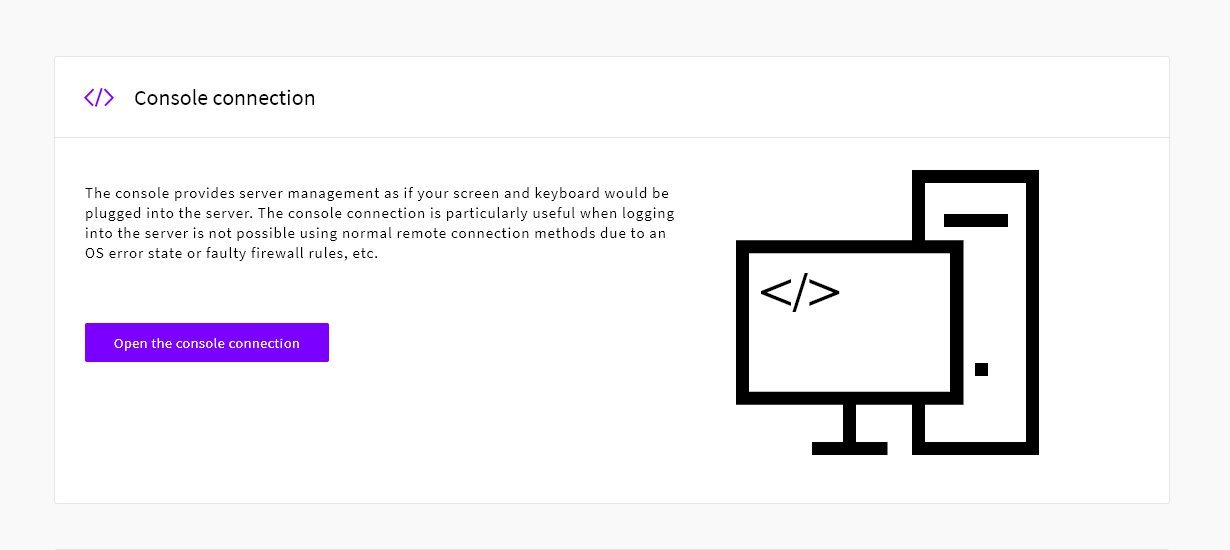
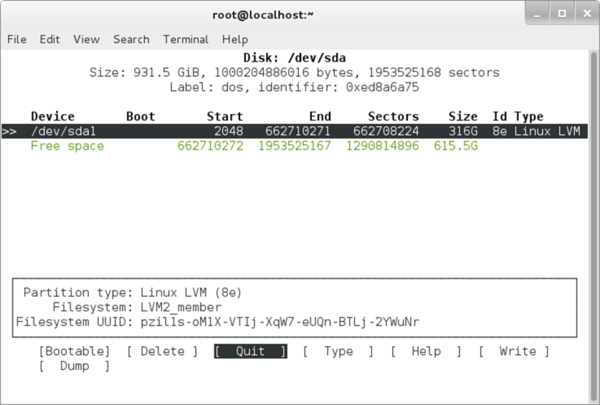

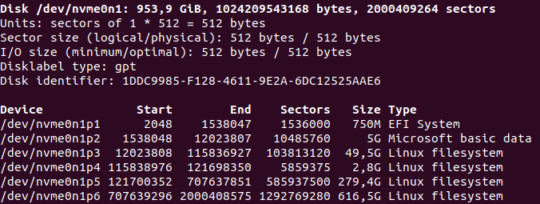
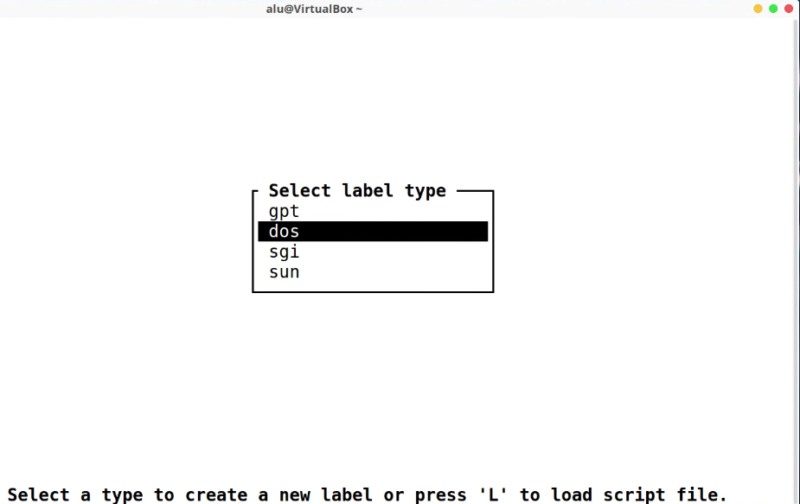
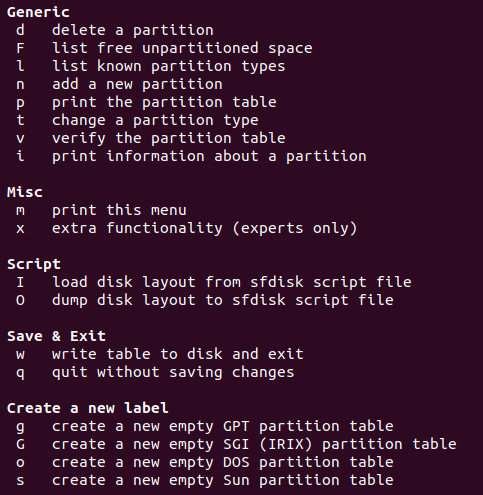



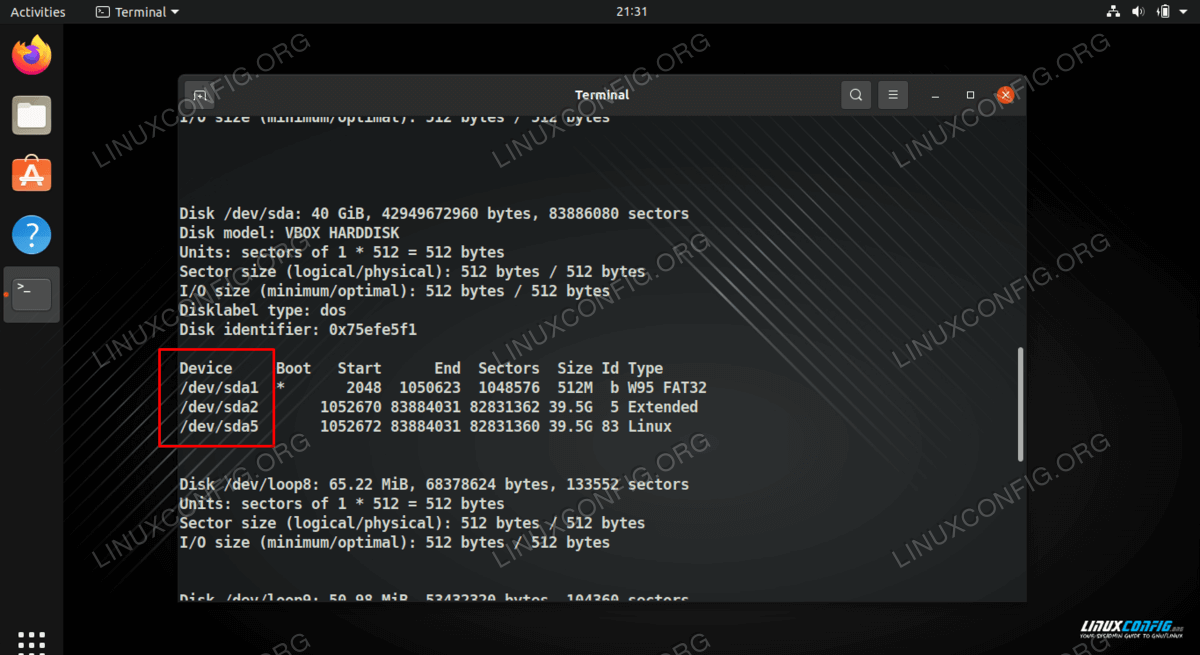
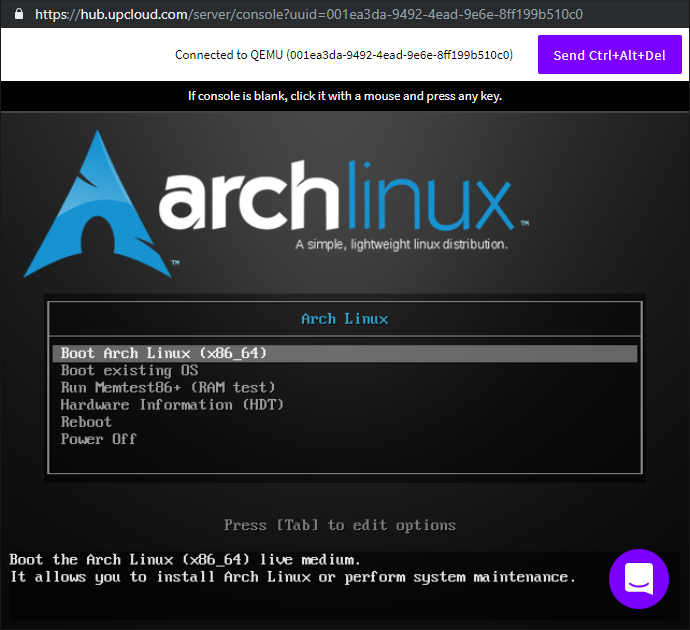



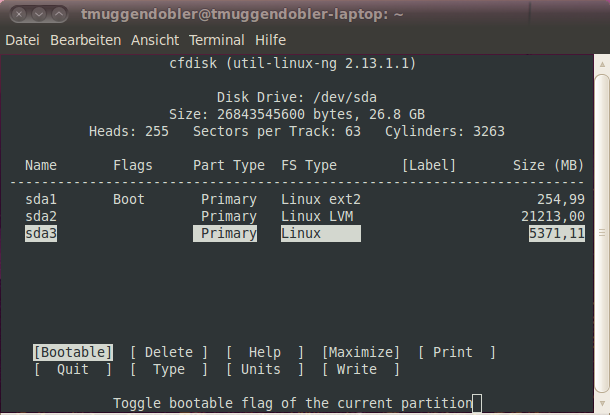
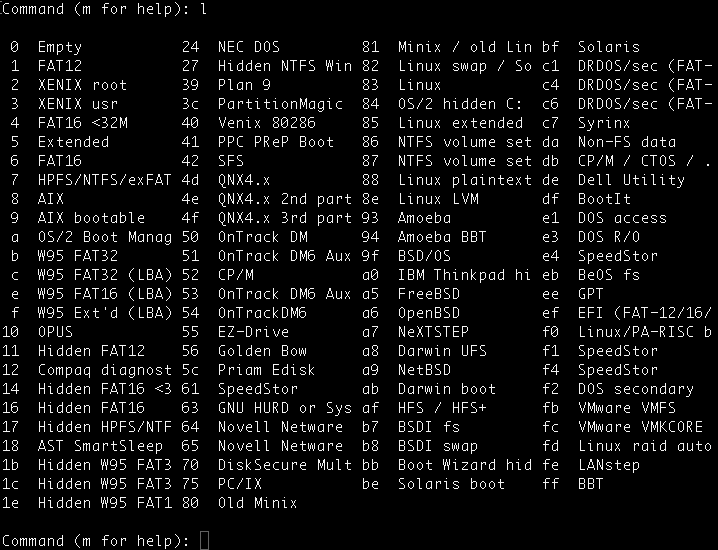


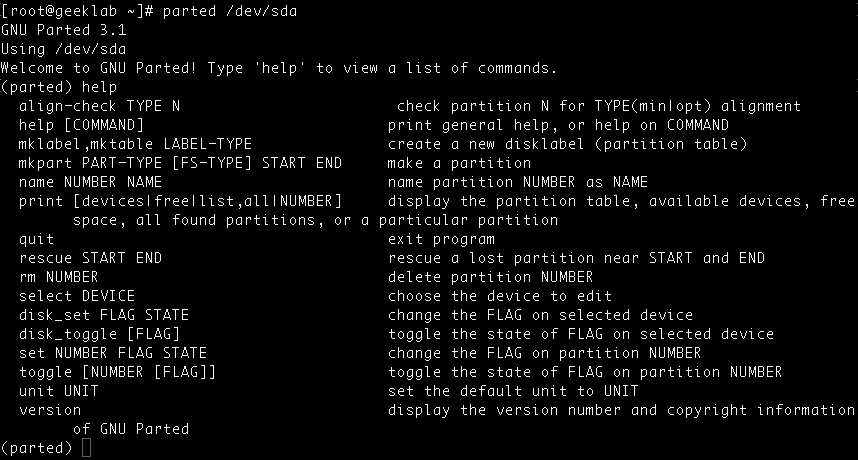

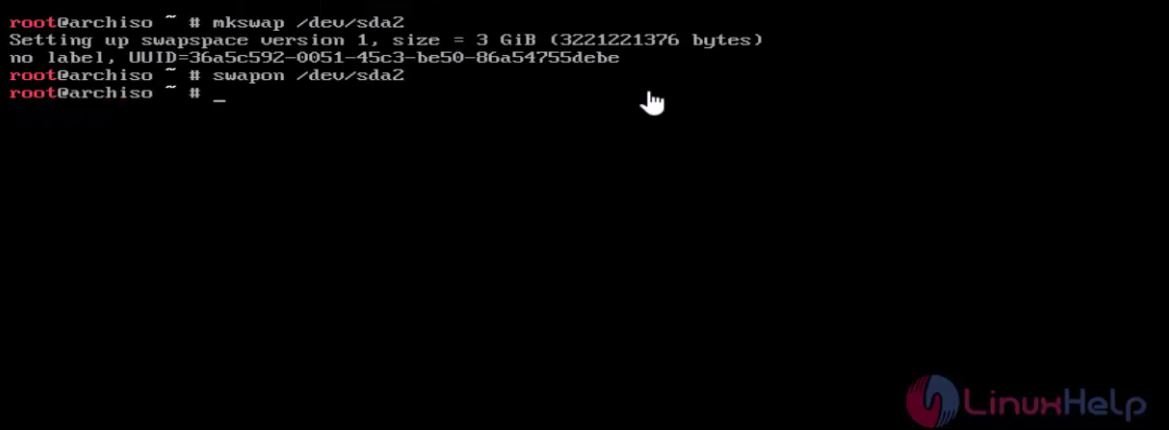

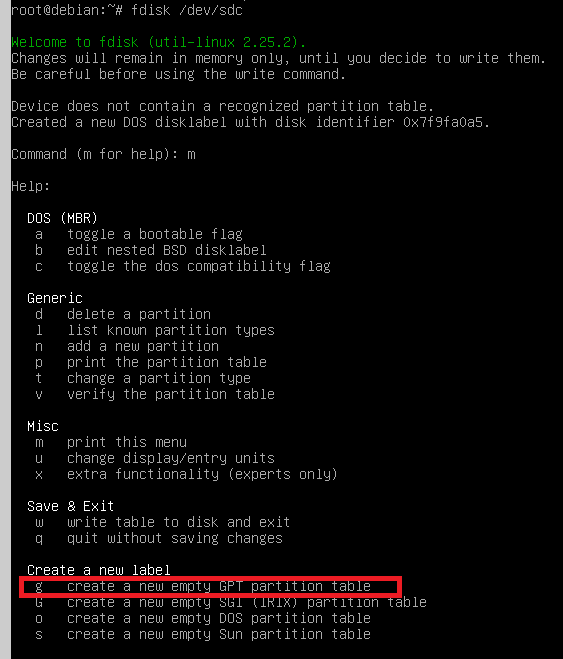
Post a Comment for "38 cfdisk label type"